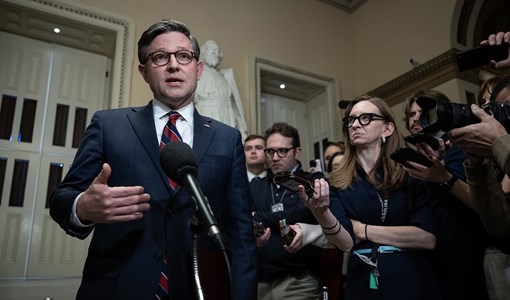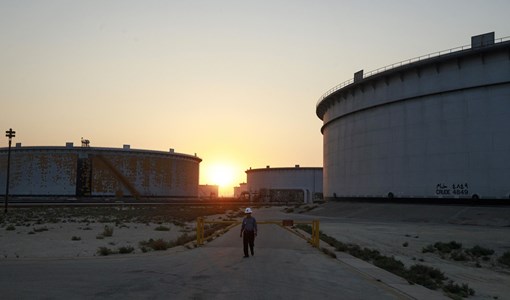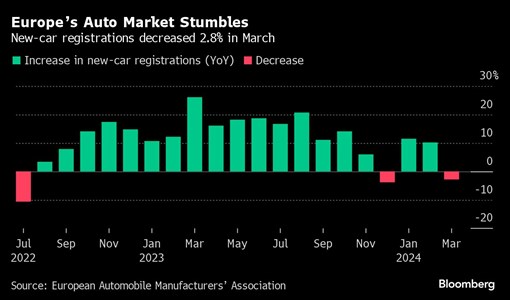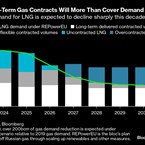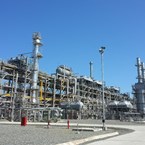Oil edges up ahead of OPEC++ meeting on hopes of output cuts
Oil prices inch up as anticipation grows that an unprecedented deal between top world producers to pull back output is on the horizon to address growing oil stockpiles as the pandemic dried up demand.
Brent is trading towards $34 per barrel level, having risen from this week’s low of $31.87.
While The Organization of Petroleum Exporting Countries (OPEC), led by Saudi Arabia and non-OPEC leader Russia look to re-enter into a pact to cut production, Both Moscow and Riyadh have said other producing countries such as the United States, Canada and Norway need also to be a part of controlling global oil supply – with the new cluster of countries, being known as OEPC++.
OPEC members and Russia are set to virtually meet later on Thursday to iron out the pact, having rescheduled the meeting from Monday, which was cancelled after a war-of-words over the weekend between Saudi Arabia and Russia. The countries will have to agree on the allocation of cuts and also a baseline to cut from.
The top two oil producers launched a price war last month after breaking away from a historic deal to curb production and instead have boosted output significantly to gain back lost market share to U.S.
Following a sharp price drop, Russia said Wednesday it is will to reduce output by 1.6 million barrels per day (bpd), or roughly 15 per cent, while Canada and Norway have also expressed willingness to enter into a product-cut agreement.
Uncertainty remains over U.S., where President Donald Trump despite his diplomatic pressure on Russia and Saudi Arabia to reduce output, has not committed to the country’s producers pulling back. He instead believes the free market forces will reduce output from its independent producing companies.
Thursday’s meeting will discuss a “massive output reduction, which may reach 10 million barrels a day,” Algeria's energy minister and this year's OPEC president said, according to its state news agency. G-20 energy ministers will then discuss broader contributions to any agreement on Friday through a video conference.
While Trump has volunteered the idea of a possible 10 million barrels (per day) cut, which equals 10 per cent of global supply, by OPEC and Russia, industry experts see a much larger drop in demand, of at least 25 million bpd and as much as 35 million bpd as pandemic-driven government lockdowns take their toll on transport and economic demand.
“The U.S. has dominated production over the last decade, more than doubling production while the Russians and Saudis have posted modest gains,” Edward Moya, senior market analyst at OANDA. “The last three years of OPEC + production cuts pretty much saw the U.S. take almost 5 million barrels of market share. The base case is still that a deal will get done or that talks will be extended, and that is pretty much the only thing keeping oil prices supported,” he added.
Separately, the U.S. government on Wednesday reported a weekly decline in domestic crude production, along with an 11th straight weekly increase in crude supplies. Data from the Energy Information Administration (EIA) revealed that total U.S. crude production fell by 600,000 barrels a day to 12.4 million barrels per day for the week ended April 3. U.S. crude supplies, meanwhile, rose by 15.2 million barrels last week, much higher than analysts’ expectations.
The EIA data showed a supply increase of 10.5 million barrels for gasoline and a climb of 476,000 barrels for distillates.
KEEPING THE ENERGY INDUSTRY CONNECTED
Subscribe to our newsletter and get the best of Energy Connects directly to your inbox each week.
By subscribing, you agree to the processing of your personal data by dmg events as described in the Privacy Policy.
More oil news

Kent confirms enhanced project alliances with ExxonMobil and Repsol Norge
Apr 16, 2024
Mexico’s Sheinbaum Plans to Spend Billions on Gas, Solar Plants
Apr 15, 2024
What’s Next for Crude Oil? Analysts Weigh In After Iran’s Attack
Apr 15, 2024
Oil Traders Weigh Risks of Iran-Israel Conflict in Tight Market
Apr 14, 2024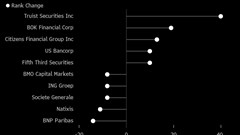
US Regional Banks Dramatically Step Up Loans to Oil and Gas
Apr 14, 2024
Oil Rises to October High as Israel Prepares for Iranian Attack
Apr 12, 2024
Gold Hits New Record, Oil Rises on Mideast Tension: Markets Wrap
Apr 12, 2024
Oil Swings Near $90 With Risk of Iran Strike on Israel in Focus
Apr 11, 2024
Oil Holds Two-Day Loss as Report Points to Rising US Inventories
Apr 10, 2024
Commodity Traders Rake in Billions in Second Blockbuster Year
Apr 08, 2024
Energy Workforce helps bridge the gender gap in the industry
Mar 08, 2024
EGYPES Climatech champion on a mission to combat climate change
Mar 04, 2024
Fertiglobe’s sustainability journey
Feb 29, 2024
Neway sees strong growth in Africa
Feb 27, 2024
P&O Maritime Logistics pushing for greater decarbonisation
Feb 27, 2024
India’s energy sector presents lucrative opportunities for global companies
Jan 31, 2024
Oil India charts the course to ambitious energy growth
Jan 25, 2024
Maritime sector is stepping up to the challenges of decarbonisation
Jan 08, 2024
COP28: turning transition challenges into clean energy opportunities
Dec 08, 2023
Why 2030 is a pivotal year in the race to net zero
Oct 26, 2023Partner content

Ebara Elliott Energy offers a range of products for a sustainable energy economy

Essar outlines how its CBM contribution is bolstering for India’s energy landscape

Positioning petrochemicals market in the emerging circular economy

Navigating markets and creating significant regional opportunities with Spectrum



